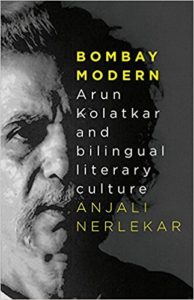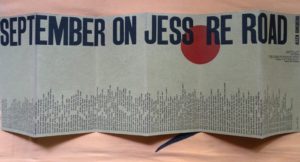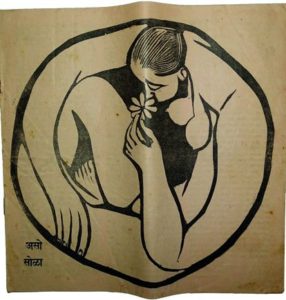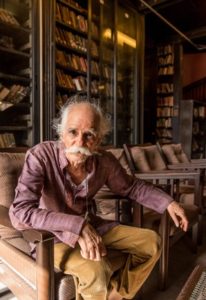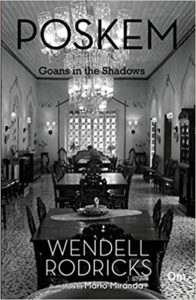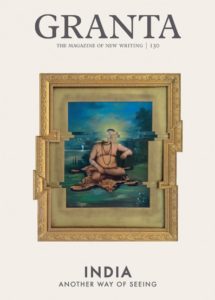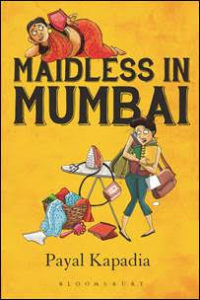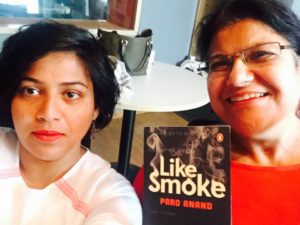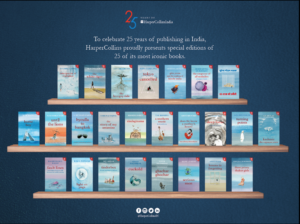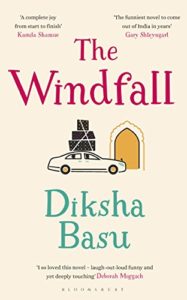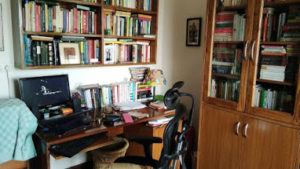Arundhati Roy’s “The Ministry of Utmost Happiness”
Award-winning writer and social activist Arundhati Roy’s second novel The Ministry of Utmost Happiness is primarily about Anjum, a eunuch/hermaphrodite, and the relationships she forges over many decades. The story about Anjum is fascinating but the narrative is often interrupted by long expositions about modern India. The history lessons begin from the Emergency till present day after covering regions such as Kashmir, Chattisgarh, Gujarat etc. There are most certainly two narratives operating in this novel pulling it in different directions. Laura Miller writing in The Slate ( 19 June 2017 ) refers to it as a “deeply rewarding work, if you can let the novel wash over you rather than try to force it into shape. ” Parul Sehgal writing in The Atlantic calls it a “fascinating mess”. Ellen Battersby writing in the Irish Times ( 3 June 2017) refers to it as a “Rushdie-like concoction” but where “Roy prefers to overdescribe and overexplain”. The Ministry of Utmost Happiness is most certainly written in the style popularised by Salman Rushdie in Midnight’s Children ( 1981). What is truly fascinating to realise is that The Ministry of Utmost Happiness has been published in the seventieth year of India’s independence from the British and picks up from where Rushdie’s Midnight’s Children concluded. Midnight’s Children discussed Partition and the creation of two nations — India and Pakistan and contemporary history before it was published in 1981. Ministry of Utmost Happiness begins its political history with a description of the imposition of Emergency ( 1975) by then-Prime Minister Indira Gandhi and later the turbulent 1980s with rise of communalism, the political and civil strife in Punjab and Kashmir which led to the imposition of President’s Rule and reverberations of which are felt even now, pogroms in Gujarat to the Maoist turmoil in Chhatisgarh and more.
Creating a transgender person as a character is also an effective literary tool. Despite being acknowledged in Hinduism and Islam by their existence in the religious stories eunuchs remain on the margins of society while having the ability to flit in and out different socio-economic classes. Eunuchs like Anjum by being at the crossroads of socio-political activity are able to participate and/or witness significant contemporary events. Though there has always been a social stigma attached to that of being a hijra in South Asian cultures and they have been ostracised yet they are expected to attend major social events like births and weddings to bless the family. It is a curious space the eunuchs inhabit in society and it exactly this vantage point which is exploited by Arundhati Roy to bring her two passions — activism and writing fiction — to comment upon India in 2017. The legitimacy of Anjum’s viewpoint on contemporary India is further strengthened by the Supreme Court of India’s landmark judgement in 2014 on declaring transgender people to be a “third gender”.
There has been some speculation that the character of Anjum is loosely based upon Mona Ahmed who was introduced to the world by well-known photographer Dayanita Singh. In fact Arundhati Roy acknowledges Dayanita Singh for the “idea”. If that is the case then feminist-publisher Urvashi Butalia who interviewed Mona for her book The Other Side of Silence also wrote a long piece about Mona in Granta (2011). Later Urvashi Butalia was interviewed as well about her profile of Mona Ahmed.
The Ministry of Utmost Happiness had an enviable global release with a publicity campaign that would be any author’s dream come true. There were reviews of the English version pouring in from all over the world. The social media was abuzz for weeks with comments about the book. People who were not voracious readers were reading the book and posting their comments online. The media blitzkrieg has been phenomenal and the author herself has over summer travelled in Europe and Canada to promote the book. The production quality too is rich and elegant with a gold filigreed embossed hardcover, an equally sumptious dust jacket using the image of a grave and ivory-cream pages that are heavy and delicious to turn. The manuscript it is rumoured sold for an extraordinary sum of money and a few translations are already planned but it is not easy to confirm this fact. At the end of the day Midnight’s Children and The Ministry of Utmost Happiness will go down in the annals of history as being pathbreaking examples of literary fiction that keep the spotlight on modern India displaying its ugly violent side co-existing with the incredibly syncretic and humane side. While it exists in this manner there is hope.
Read The Ministry of Utmost Happiness. It may not be to everyone’s liking but it will certainly be a book which will be much discussed for a long time to come.
Arundhati Roy The Ministry of Utmost Happiness Hamish Hamilton, an imprint of Penguin Random House India, 2017. Hb. pp 450. Rs 599

